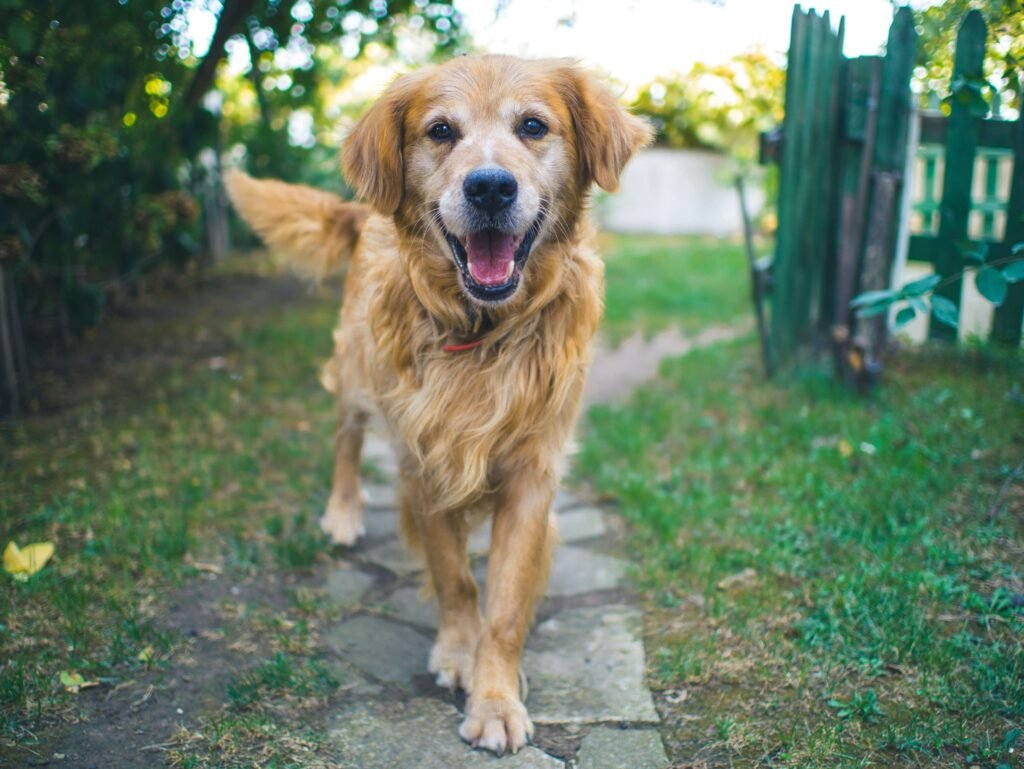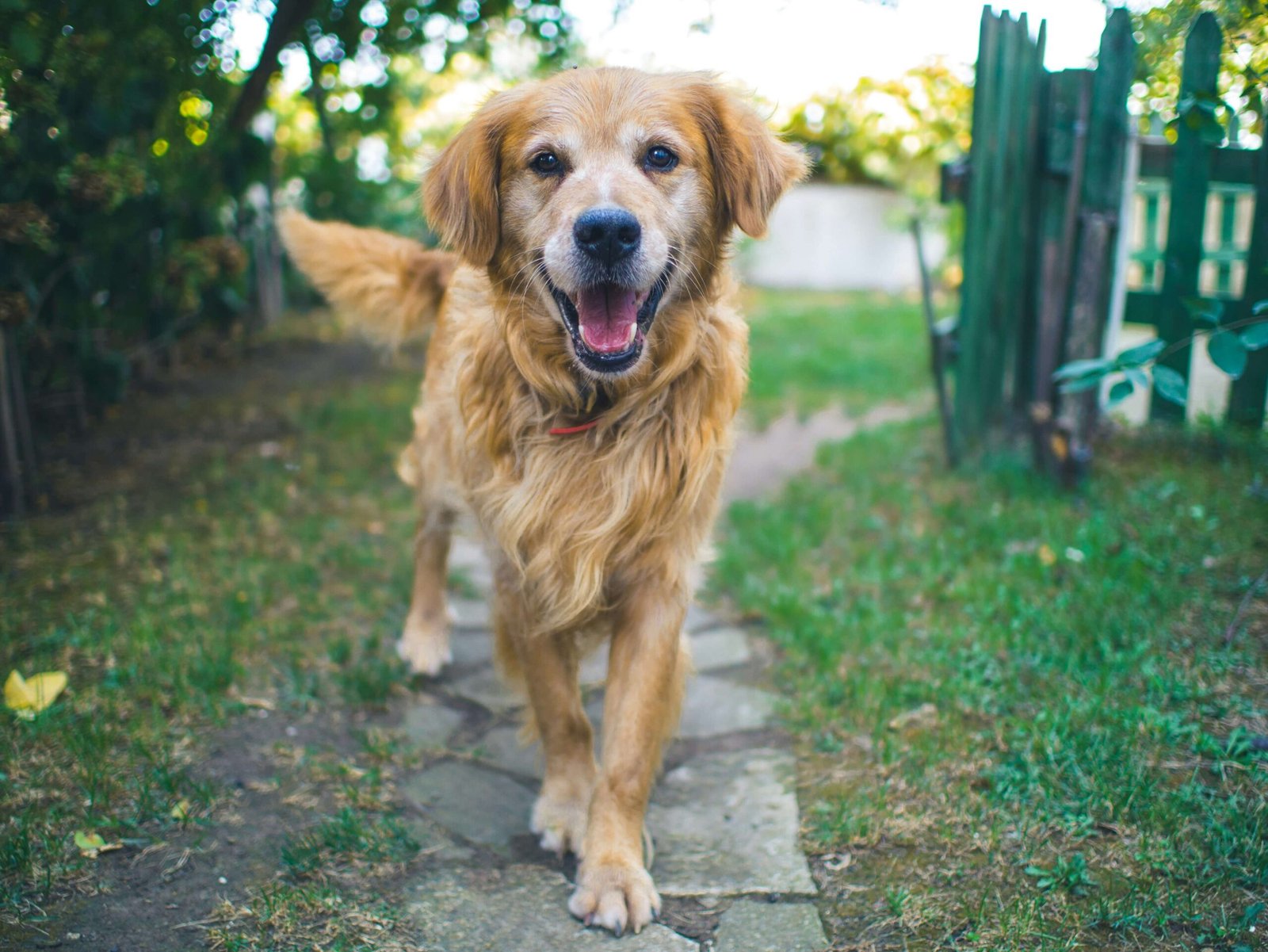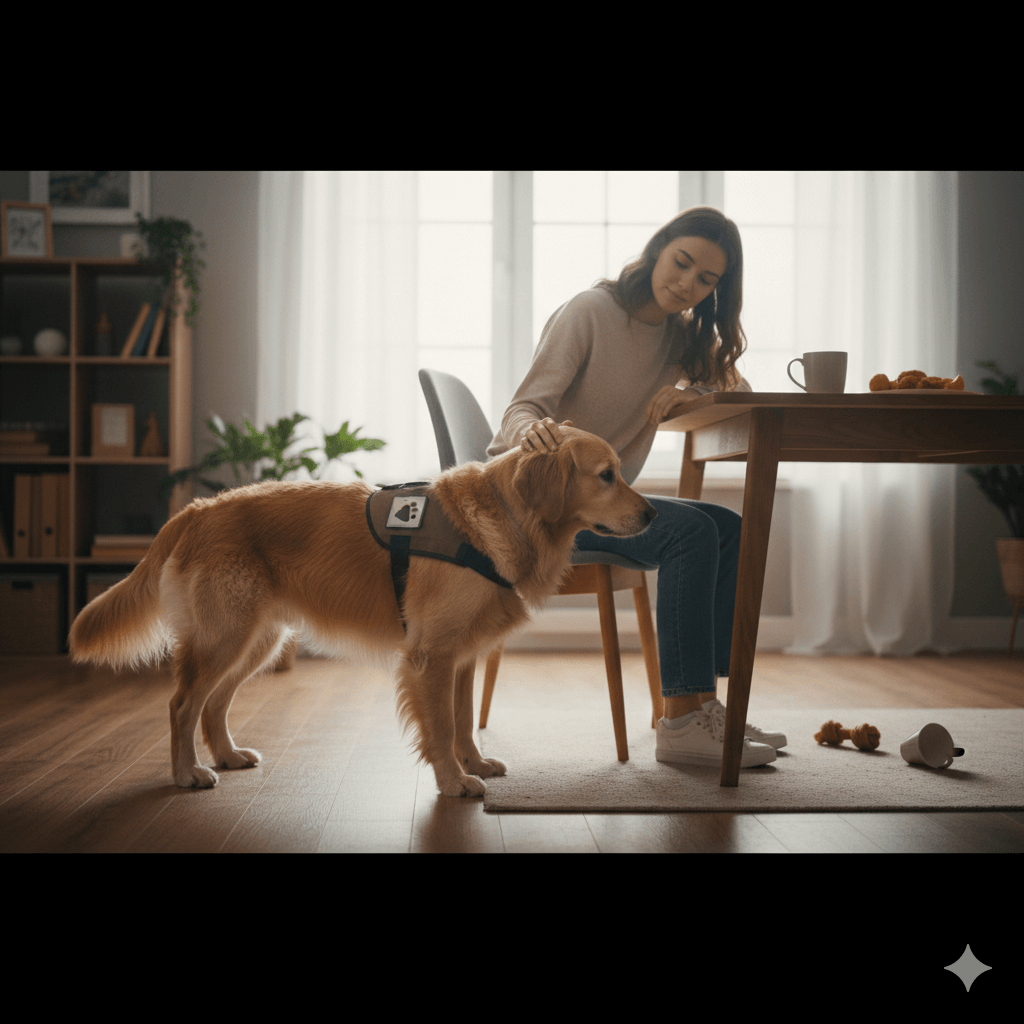My Dog Ate Weed: What You Need to Know and Do Next
Accidents happen, and sometimes our curious canine companions get into things they shouldn’t. If you’ve recently discovered that your dog ate weed, you’re likely feeling a mix of panic and concern. Whether it was a discarded joint, a bag of edibles, or even cannabis plants, the situation can be alarming. The good news is that you’re not alone—many pet owners have faced similar incidents, and there are steps you can take to ensure your dog’s safety. In this blog post, we’ll explore what happens when dogs ingest weed, how to recognize the signs of intoxication, and what actions you should take immediately. With the right knowledge, you can navigate this stressful situation calmly and effectively.
Signs Your Dog May Be High or Intoxicated
When your dog ingests weed, the effects can vary depending on the amount consumed, the potency of the substance, and your dog’s size and breed. Here are some common signs that your dog may be experiencing cannabis intoxication:
Lethargy and Drowsiness
Dogs often become unusually sleepy or unresponsive after consuming weed.Loss of Coordination
You may notice your dog stumbling, swaying, or having difficulty walking in a straight line.Dilated Pupils
Dilated or glassy eyes are a telltale sign of cannabis exposure in dogs.Excessive Drooling
Increased salivation is a common symptom of cannabis ingestion in pets.Vomiting or Diarrhea
Some dogs may experience digestive upset as their body tries to process the substance.
If you observe any of these symptoms, it’s important to act quickly. Cannabis toxicity can range from mild discomfort to severe health risks, so being proactive is key to ensuring your dog’s well-being.
What to Do Immediately After Discovering Your Dog Ate Weed
Time is of the essence when dealing with cannabis ingestion. Here’s a step-by-step guide to help you respond effectively:
Stay Calm and Assess the Situation
Take a deep breath and try to determine how much weed your dog consumed and what form it was in (e.g., dried leaves, edibles, oils).Remove Any Remaining Substance
Ensure there’s no leftover cannabis within your dog’s reach to prevent further ingestion.Contact Your Veterinarian
Call your vet immediately, even if your dog seems fine. They can provide guidance based on your dog’s specific circumstances.Monitor Your Dog Closely
Keep a close eye on your dog for any changes in behavior or worsening symptoms while waiting for professional advice.Avoid Home Remedies
Resist the urge to induce vomiting or administer medications without veterinary approval, as this could worsen the situation.
By taking these steps promptly, you can minimize potential harm and ensure your dog receives the care they need. Remember, early intervention is crucial in cases of accidental ingestion.
Check this guide 👉My Dog Ate a Candy Cane: Best 7 Health Tips!
Check this guide 👉My Dog Ate a Rock – Will It Pass? Best 7 Health Tips!
Check this guide 👉When Your Dog Ate Marshmallows: Best 7 Health Tips!

Symptom of Cannabis Toxicity | What It Looks Like |
|---|---|
Lethargy | Unusually sleepy or unresponsive behavior |
Loss of Coordination | Stumbling, swaying, or difficulty walking |
Dilated Pupils | Glassy or overly large eyes |
Excessive Drooling | Increased saliva production |
Vomiting or Diarrhea | Digestive upset or nausea |
Preventing Future Incidents of Cannabis Ingestion
Prevention is always better than dealing with an emergency. Here are practical tips to keep your dog safe from accidental cannabis ingestion:
Store Cannabis Products Securely
Keep all cannabis-related items, including edibles, oils, and paraphernalia, in locked or elevated storage areas.Dispose of Waste Properly
Place used joints, roaches, or packaging in a sealed trash can that your dog cannot access.Supervise Outdoor Time
If you live in an area where cannabis plants grow, keep an eye on your dog during walks or outdoor playtime.Educate Family Members and Guests
Make sure everyone in your household knows the importance of keeping cannabis products away from pets.Use Pet-Proof Containers
Invest in childproof and pet-proof containers to store cannabis safely and reduce the risk of accidental exposure.
By implementing these precautions, you can create a safer environment for your dog and avoid future incidents of cannabis ingestion.
Understanding the Risks of Edibles vs. Raw Cannabis
Not all forms of cannabis pose the same level of risk to dogs. Here’s a breakdown of the differences between edibles and raw cannabis:
Edibles Often Contain Added Ingredients
Many edibles include chocolate, sugar, or artificial sweeteners like xylitol, which are toxic to dogs and can compound the danger.Higher Potency in Edibles
Edibles are often more potent than raw cannabis, leading to stronger and longer-lasting effects in dogs.Raw Cannabis Typically Causes Milder Symptoms
While still dangerous, raw cannabis usually results in less severe intoxication compared to concentrated forms like oils or tinctures.Delayed Onset with Edibles
The effects of edibles may take longer to appear, making it harder to gauge how much your dog has ingested initially.Risk of Overconsumption
Dogs may eat an entire package of edibles, leading to a significantly higher dose than intended for humans.
Understanding these differences can help you assess the severity of the situation and communicate effectively with your veterinarian.
Long-Term Effects of Cannabis Ingestion in Dogs
While most dogs recover fully from cannabis ingestion with prompt care, repeated exposure or large doses can have long-term consequences. Here’s what you need to know about the potential long-term effects:
Neurological Sensitivity
Repeated cannabis exposure may make your dog more prone to neurological issues, such as tremors or seizures.Liver and Kidney Strain
The liver and kidneys work hard to metabolize THC, and frequent exposure could lead to organ stress over time.Behavioral Changes
Some dogs may exhibit lingering anxiety, lethargy, or changes in temperament after ingesting cannabis.Weakened Immune System
Chronic exposure to toxins like cannabis can weaken your dog’s immune system, making them more susceptible to illness.Delayed Recovery Time
Dogs with underlying health conditions may take longer to recover from cannabis intoxication, even with proper treatment.
Understanding these risks highlights the importance of preventing future incidents and ensuring your dog stays safe from harmful substances.
How to Create a Pet-Safe Home Environment
Preventing accidental ingestion of cannabis—or any harmful substance—requires creating a pet-safe home environment. Here are some practical tips to help you safeguard your space:
Childproof Cabinets and Drawers
Use locks or latches to secure areas where cannabis products or other hazardous items are stored.Designate a Safe Room
Create a room or area where your dog can stay when you’re unable to supervise them closely.Use Elevated Storage
Keep cannabis products on high shelves or in areas your dog cannot reach, even if they’re curious climbers.Teach the “Leave It” Command
Training your dog to ignore or avoid certain items can prevent accidental ingestion of dangerous substances.Regularly Inspect Your Yard
If you grow plants or have outdoor spaces, ensure there are no toxic plants, discarded cannabis, or other hazards within your dog’s reach.
By taking these steps, you can create a safer environment that minimizes risks and keeps your dog out of harm’s way.
What to Expect During a Veterinary Visit for Cannabis Toxicity
If you suspect your dog has ingested cannabis, a trip to the vet is essential. Knowing what to expect during the visit can help you prepare and stay calm. Here’s an overview of the typical process:
Initial Assessment
Your vet will ask detailed questions about the incident, including how much cannabis was consumed and when it happened.Physical Examination
A thorough physical exam will be conducted to check for symptoms like dilated pupils, lethargy, or coordination issues.Diagnostic Tests
Bloodwork or urine tests may be performed to rule out other potential causes of your dog’s symptoms.Supportive Care
Treatment may include IV fluids, medications to control vomiting, or activated charcoal to absorb toxins in the stomach.Monitoring and Observation
Your dog may need to stay at the clinic for several hours or overnight to ensure their condition stabilizes.
Understanding what happens during a vet visit can ease your worries and help you advocate for your dog’s care. Remember, your veterinarian’s primary goal is to ensure your dog makes a full recovery.
Frequently Asked Questions About Dogs and Cannabis
Is cannabis toxic to dogs?
Yes, cannabis can be toxic to dogs, especially in large quantities or when combined with harmful additives like chocolate or xylitol.
How long do the effects of cannabis last in dogs?
Symptoms can last anywhere from a few hours to several days, depending on the amount ingested and the dog’s size.
Should I induce vomiting if my dog ate weed?
No, inducing vomiting without veterinary guidance can be dangerous. Always consult a professional first.
Can secondhand smoke harm my dog?
Yes, prolonged exposure to secondhand cannabis smoke can cause respiratory issues and mild intoxication in dogs.
What should I tell my vet if my dog ate weed?
Be honest about what your dog ingested, the quantity, and any symptoms you’ve observed. Transparency helps your vet provide the best care.
Final Thoughts: Keeping Your Dog Safe and Healthy
Discovering that your dog ate weed can be a stressful experience, but staying calm and informed is the best way to handle it. By recognizing the signs of cannabis intoxication, acting quickly, and taking preventive measures, you can protect your furry friend from harm. Remember, your veterinarian is your greatest ally in these situations—never hesitate to reach out for professional advice. With proper care and attention, your dog will recover fully, and you can take steps to ensure this doesn’t happen again. After all, our pets rely on us to keep them safe, and with a little vigilance, we can continue to provide them with a happy, healthy life.
Understanding Bone Supplement for Cats: Best 7 Expert Tips! – Safe, vet-approved guidance for strong feline bones & balanced nutrition.
Bone Supplement for Dogs: Best 7 Expert Tips! – Expert guide to calcium, collagen & bone health for every life stage.
Understanding Can Cats Get Sunburn: Best 7 Expert Tips! – Protect your feline from UV damage with vet-backed prevention strategies.
How to Train a Seizure Alert Dog: Best 7 Expert Tips! – Learn expert-backed steps to nurture natural instincts into reliable, life-saving seizure alerts.





